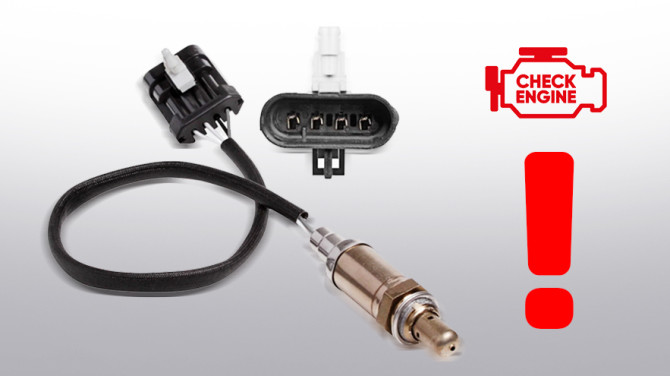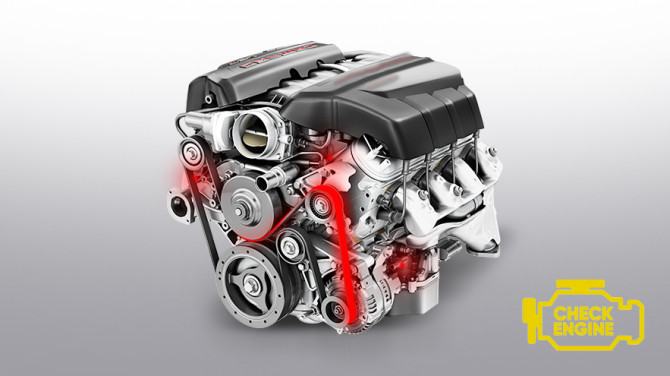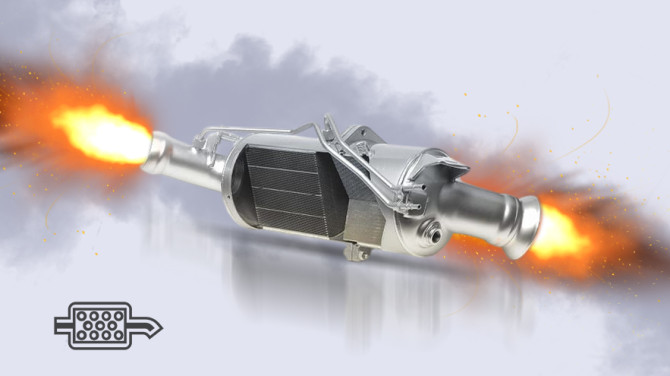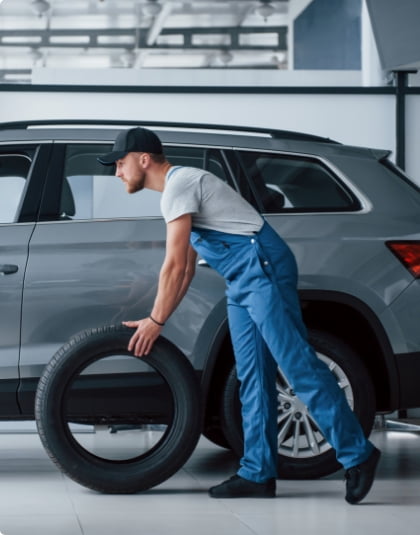Why does the steering rack knock?
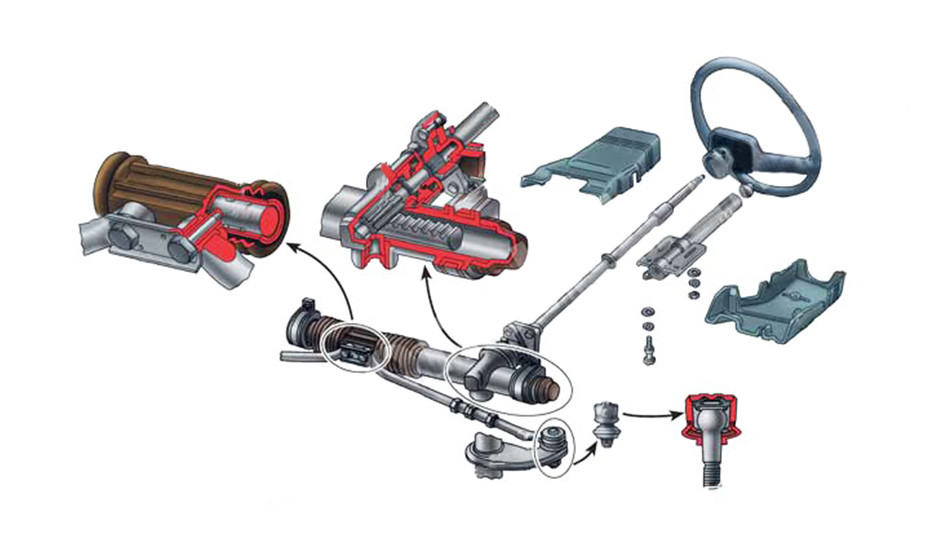
When it begins to knock under the hood, the hearts of drivers freeze: what is knocking? Where? Maybe it seemed like when Reiki moved? Maybe it's pebbles on the bottom?
In most cases, knocks under the hood indicate malfunctions in the steering. And until everything in the steering wheel is completely quiet and frozen, let's figure out what can knock and how to get rid of the knock.
To begin with, let us recall that the average steering consists of:
- steering wheel - nowhere without it;
- steering shaft;
- steering column or steering rack;
- electric or hydraulic amplifier;
- steering rods
Diagnostics of steering rack knocking
All these units and spare parts have the property of breaking, but knocking appears if:
- Broken support sleeve: it is located on the opposite side of the assembly from the distributor and prevents the rail rod from playing and wearing out. But if the sleeve itself has worn out over time, you will hear a knock somewhere on the right under the hood. You can independently check whether the bushing is exactly knocking by putting the car on a pit or a lift: grab the end of the shaft and shake it up and down. If after I-your-shaft-shatal began to play, it means that it is the worn bushing that is knocking. What shall I do? We change the sleeve at the service station.
- An annular formation appeared on the inner wall of the housing from hydraulic shock in the power cylinder of the rail, due to which the knock appears. You can either polish the case or replace it.
- The bearing of the HPK pump has broken, the power steering pump is starting to knock. Here we change the bearing, and if the pump cannot be disassembled, the whole unit is complete.
- The bearing of the distributor (spool mechanism) crumbled due to mechanical friction or corrosion. We go to the service station, there we disassemble the distributor, assess the damage, change the bearing or the entire distributor.
- The fasteners of the steering control are poorly tightened. It can be fixed simply - we tighten all the nuts and bolts more tightly (but wisely). Voila, no knock!
- The primary shaft bearings are loose. It's not difficult here either - just lubricate and adjust the steering shaft.
- The gap between the teeth of the rail increased due to production, hence the backlash, and then the knock. No, rumble. In this case, you will have to change the gear rack.
- The pressure cracker (also known as the side pressure nut) has come loose and is knocking on the rail body. In the side clamp, the foil insert, spring or lock nut is usually worn out. We go to the service station, there they determine which part "flew" and change it.
- The ends of the steering rods with ball joints have failed. Usually the reason to look at the rods and tips is a torn anther - it is not known when it broke and what processes happened to the metal. A disorder with thrusts can be determined literally by hand.
How to diagnose a steering rack knock yourself
If you cannot urgently go to the service station to understand what kind of drum is knocking under the hood, or you are a dashing car enthusiast, you can inspect the car yourself. For this you will need two things - a pit (or lift) and a friend who is not in a hurry.
- So, the car is already on the lift. A friend is driving. He turns off the engine, puts the car on the dash.
- You climb under the car, closer to the steering rack, and shout to your friend to start turning the steering wheel.
- You hear a knock and try to determine its source.
- If the reason is visible and obvious - the anther has broken, or the fastening connections have loosened - then it is quite possible to eliminate the malfunction yourself.
In this way, you will determine the knock in a stationary car. While driving, the driver may hear a knock when driving on gravel or rough roads. This is how, for example, worn silent blocks rattle - they are easily and simply changed at a service station.
A loud and sharp metallic knock is given by worn brake calipers. You can check by knocking on the wheel - the caliper moves like a walker. It is better to repair calipers at a service station, we do not recommend collective farms with pistons or brackets - after all, they are brakes.
IMPORTANT! Some particularly avid motorists try to eliminate the rattling of the rail by tightening and dragging the adjusting screw. At the same time, the steering rack is clamped, which affects the quality of steering. It's not necessary.
Conclusion - any knocking of the steering wheel indicates problems that need to be fixed without fail and quickly, so entrust the repair of your car to professionals. We wish you steering wheel without a knock!

